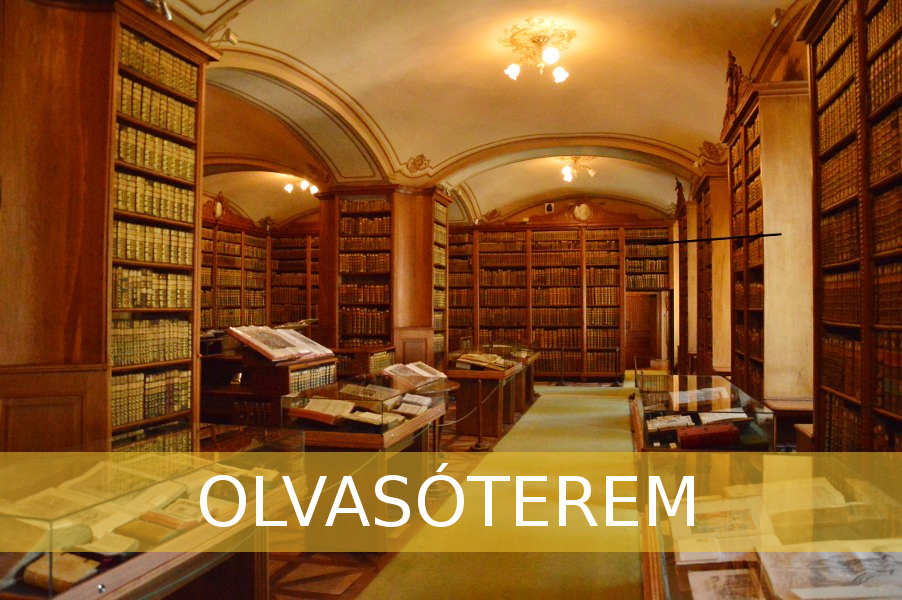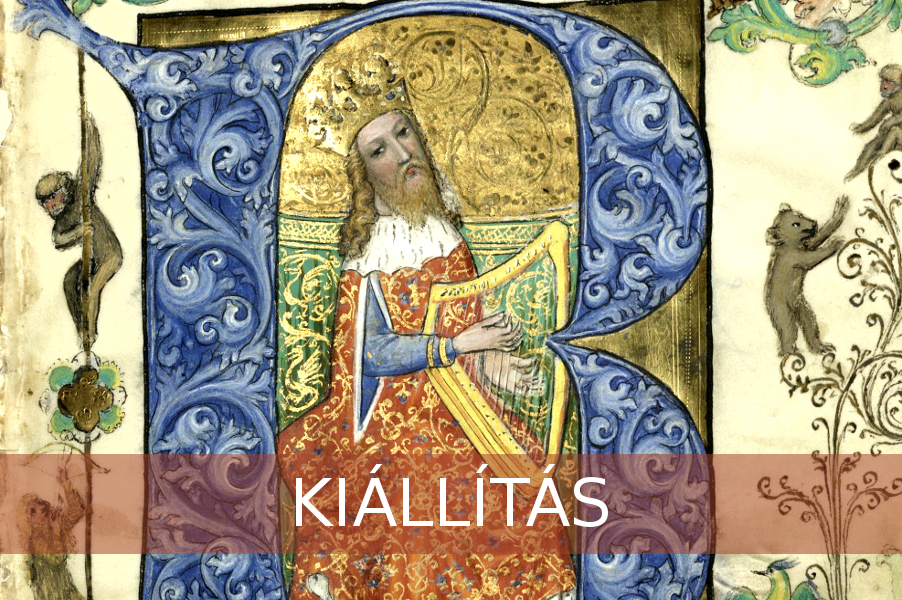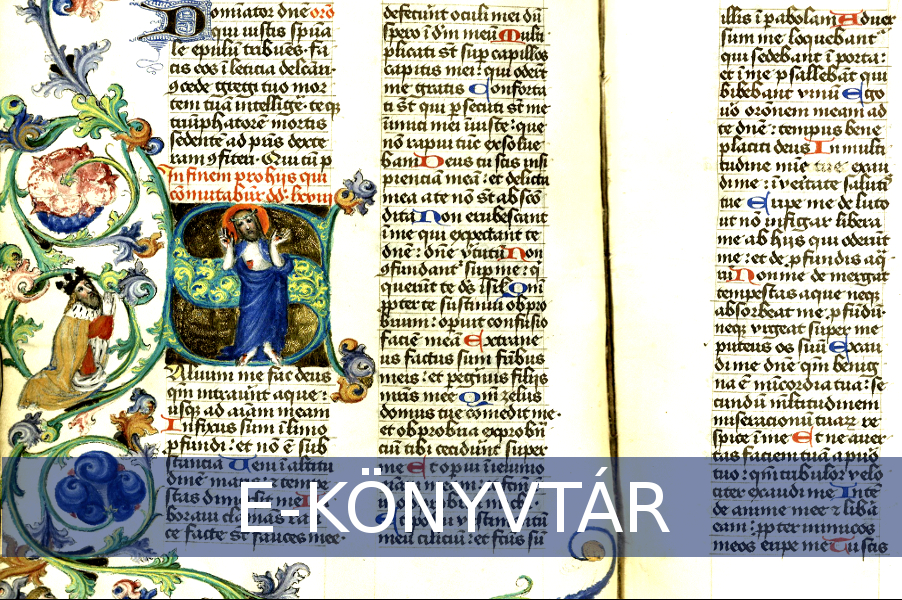Könyvtárunk alapítójának, Patachich Ádám érseknek 1780-ban készült el barokk olvasóterme. Az Érseki Palota keleti szárnyában található Patachich-terem Kalocsa város és a Dél-alföldi régió egyik fontos idegenforgalmi látványossága. Tegyen egy feledhetetlen sétát a barokk olvasóteremben és tekintse meg könyvtárunk ritkaságait!
A könyvtárterem megtekintésével kapcsolatos tudnivalókat az alábbi lapokon ismertetjük: Információ, Látogatás a barokk olvasóteremben, Könyvtártörténeti kiállítás ismertetője és az Időszaki kiállítás címeken.
A Kalocsai Főszékesegyházi Könyvtár nyilvános könyvtárként működő tudományos intézmény, amely a Kalocsa-Kecskeméti Főegyházmegye központi könyvtára. Honlapunkon megismerheti könyvtárunk történetét, az értékes gyűjtemény kialakulását, összetételét. Információt kaphat működésünkről, szolgáltatásainkról, kereshet könyvtárunk online katalógusában és digitális könyvtárunkban is böngészhet.
Könyvtárunk tagja az Egyházi Könyvtárak Egyesülésének (EKE). Az Egyházi Könyvtárak Egyesülése hivatalosan bejegyzett, felekezeti hovatartozástól független, ökumenikus munkaközösség, egyesület. A csatlakozott gyűjtemények között vannak hazai és határon túli, katolikus, evangélikus, református, ortodox, unitárius, izraelita felekezetű könyvtárak..
Sikeres tájékozódást kívánunk!








